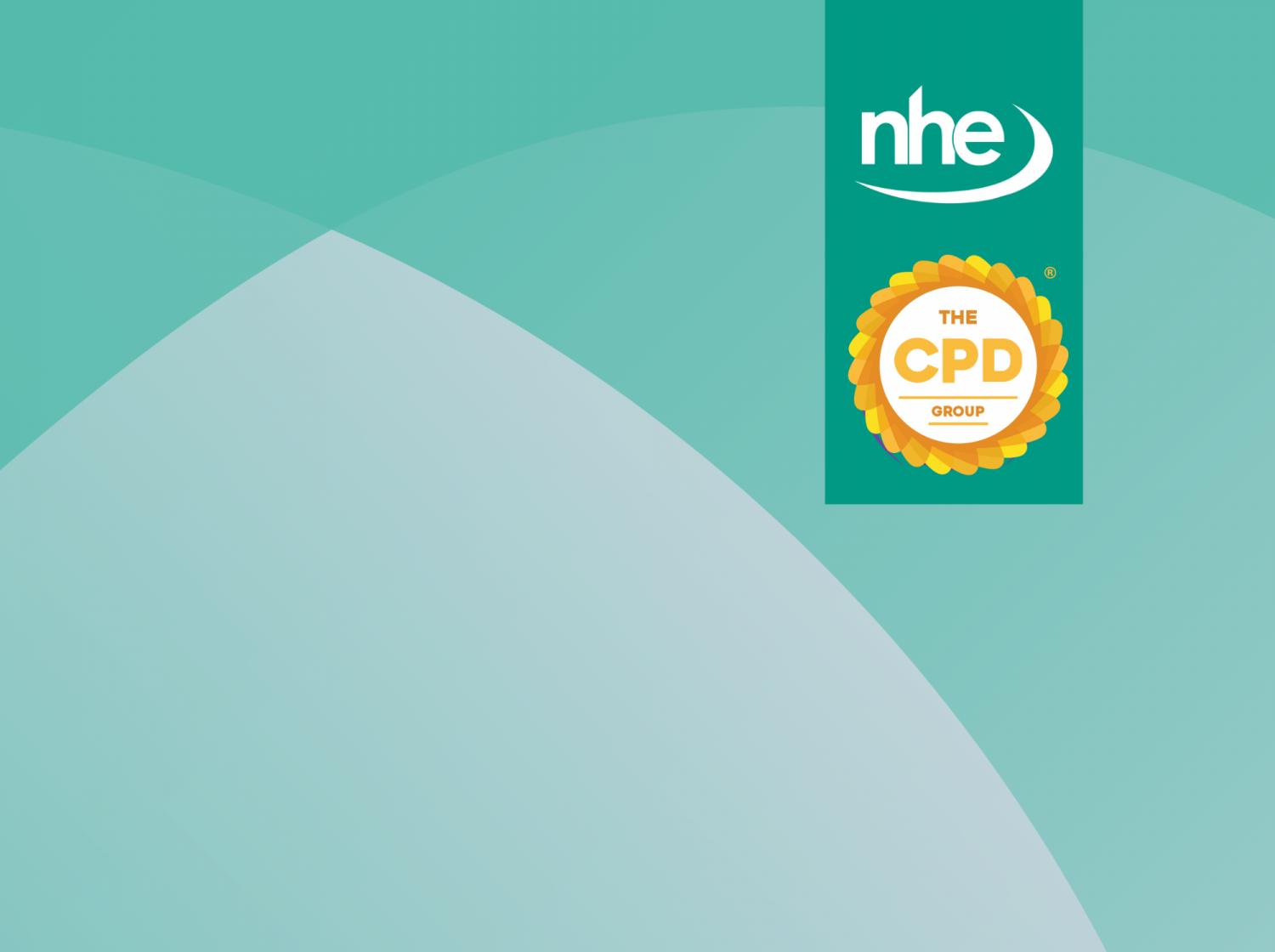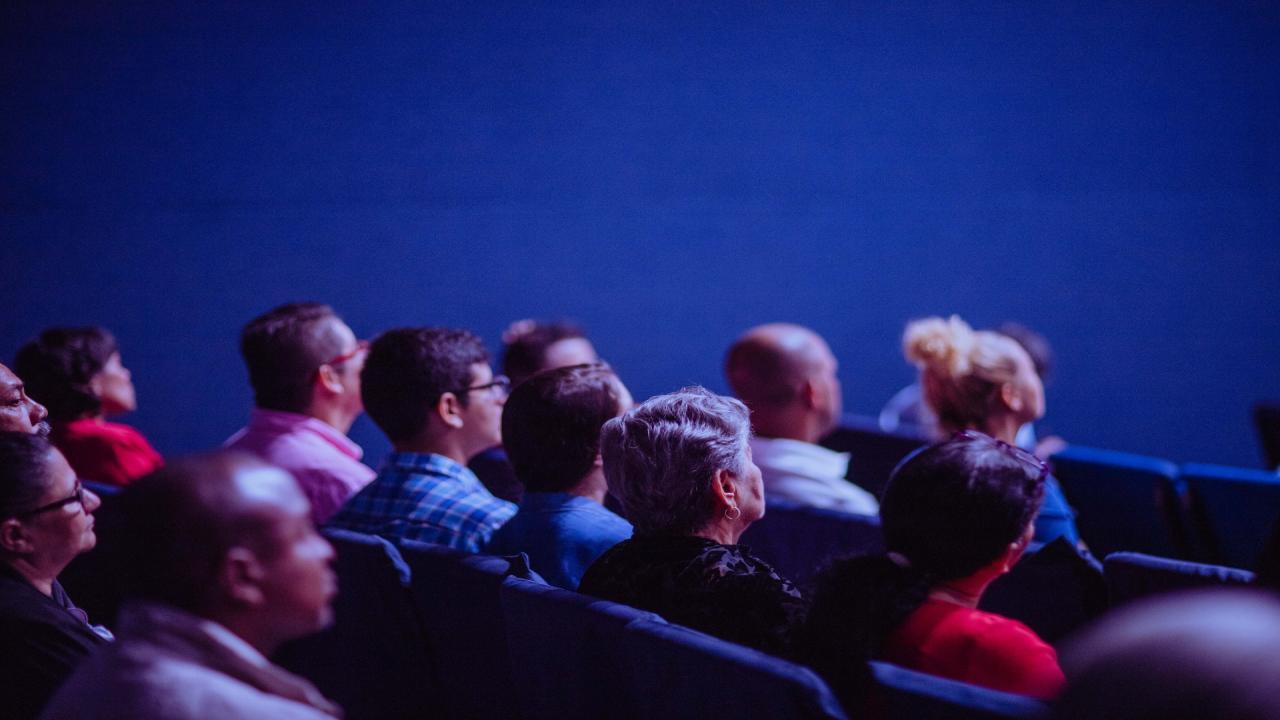Over the past five years the city of York had seen a large increase in GP visits for non-clinical reasons such as loneliness and isolation, something which has been heightened for many during the pandemic.
Outside of London, York has some of the highest rates of health inequalities, including social exclusive and a largely ageing population.
A large number of repeated GP visits from York residents meant health and care services were experiencing huge strain.
York Council took a holistic approach which required collaboration across organisations in order to focus on early intervention.
The leadership group, which involved health and voluntary partners secured support for an asset-based community development model.
The group set up both a local are coordination (LAC) team which provided social support to residents and a practitioners’ forum where link workers could discuss and share learning across teams.
Currently there are 11 LAC teams, eight more than when first set up in 2017.
The LAC estimates that it has re-diverted 76 percent to 96 percent of the need for services to community-based support rather than GP’s.
Unlike GPs, the LAC were able to work leisurely, taking time to build up a rapport with citizens, a significant strength of an asset-based approach to care.
York Council have outlined key tips from introducing the new community-based support including:
- See people as valuable, not vulnerable. Recognise that everyone has gifts, talents and skills, which empower people as active citizens and gives them hope, rather than simply being a passive recipient of services.
- Focus on what’s strong, rather than what’s wrong. This is a key part of asset-based community development that can help change the relationship between the local authority, its citizens and communities.
- Encourage a culture of openness, collaboration and learning. This is an essential first step to tackling complex problems in new ways.



















